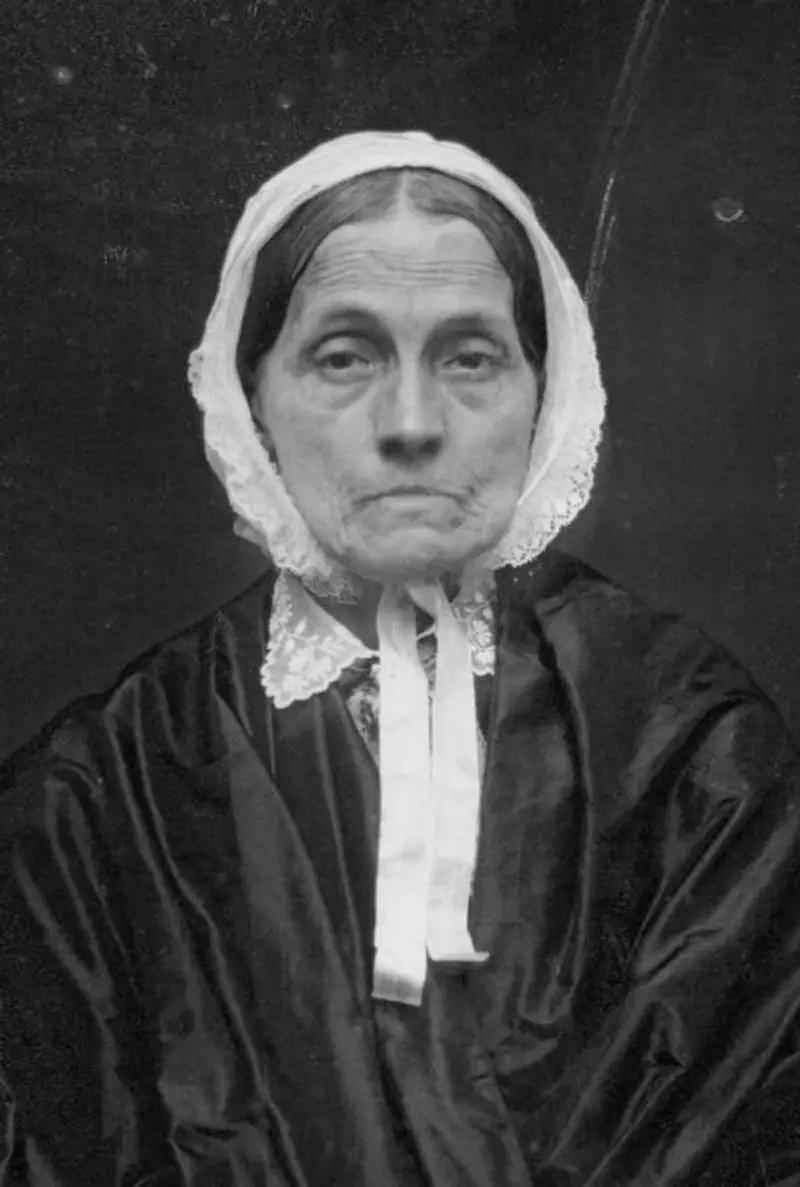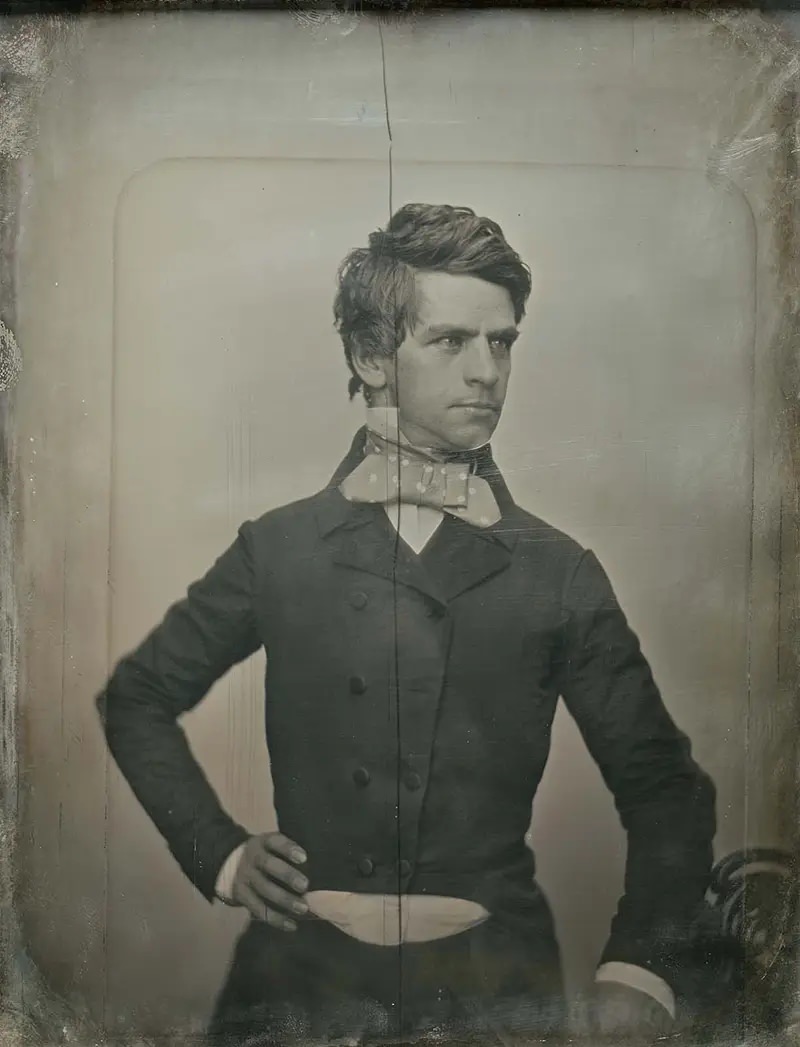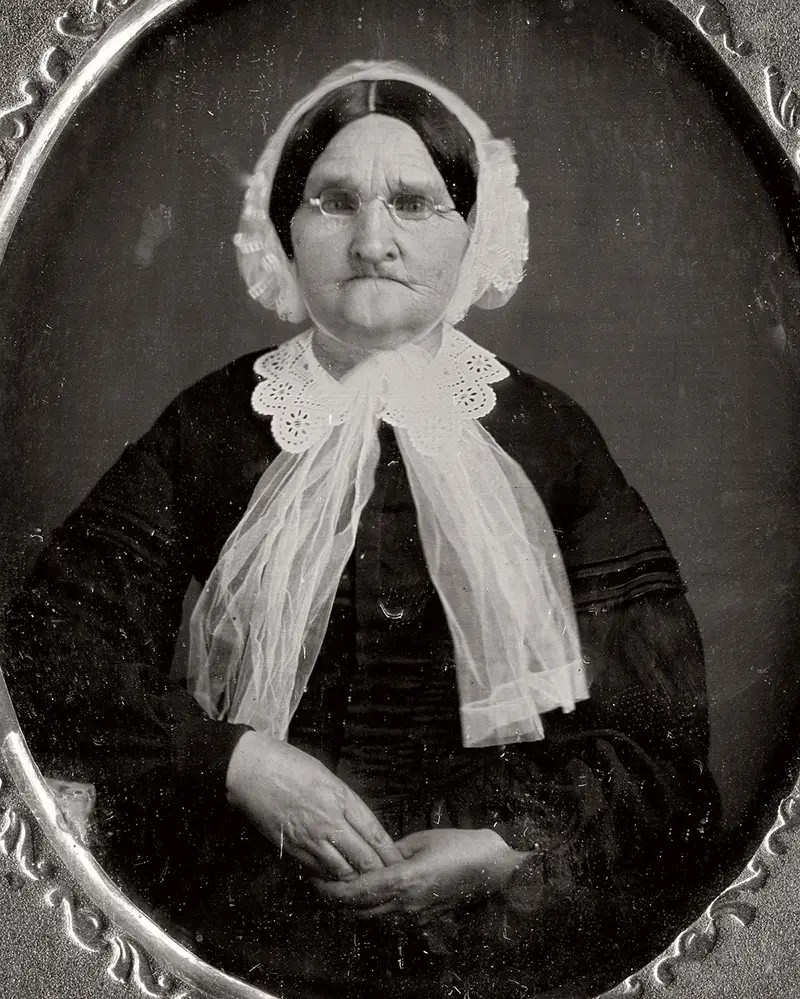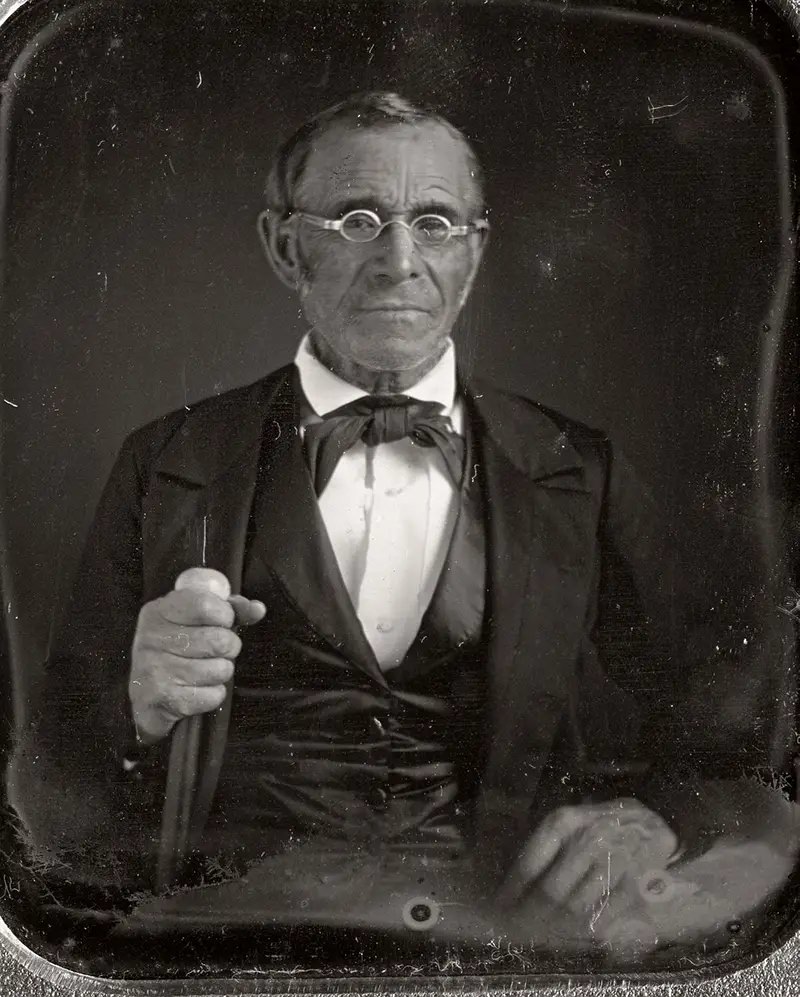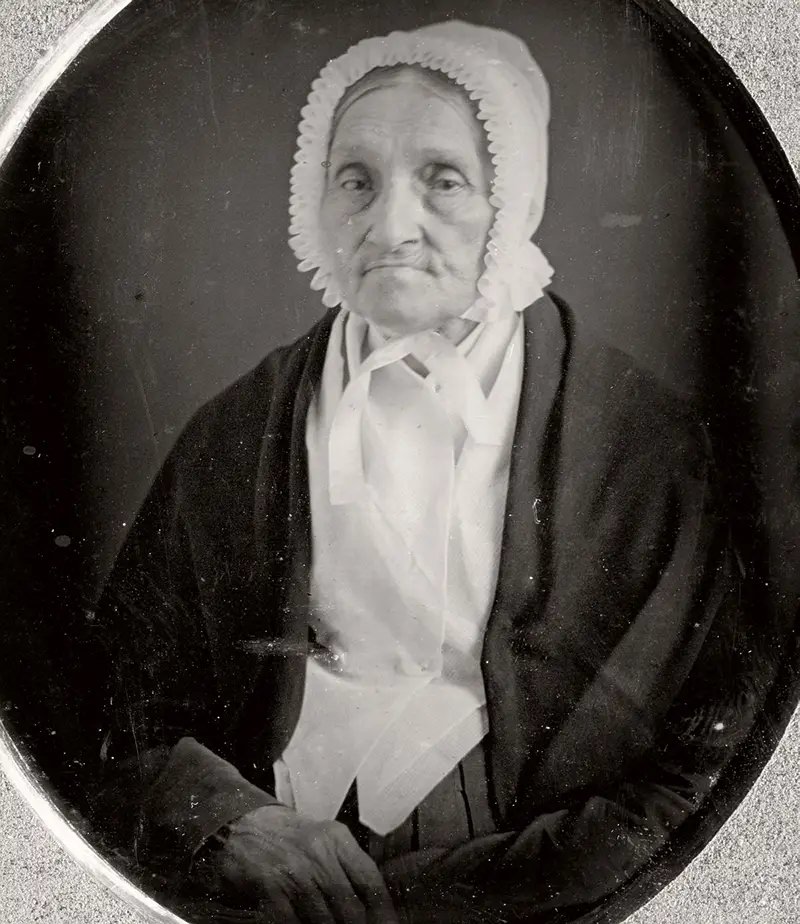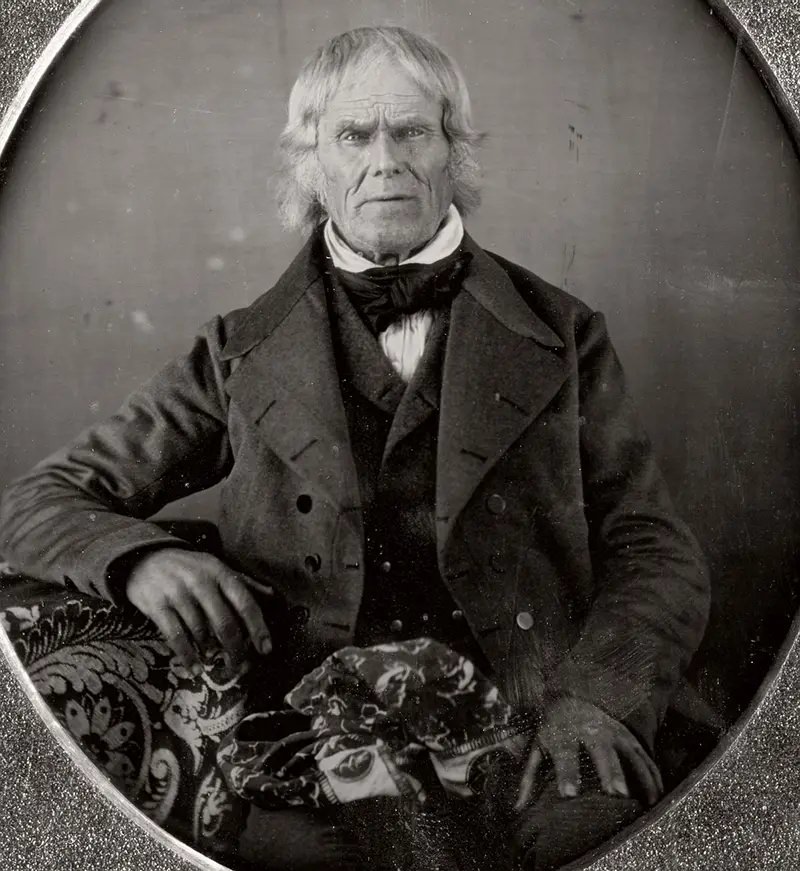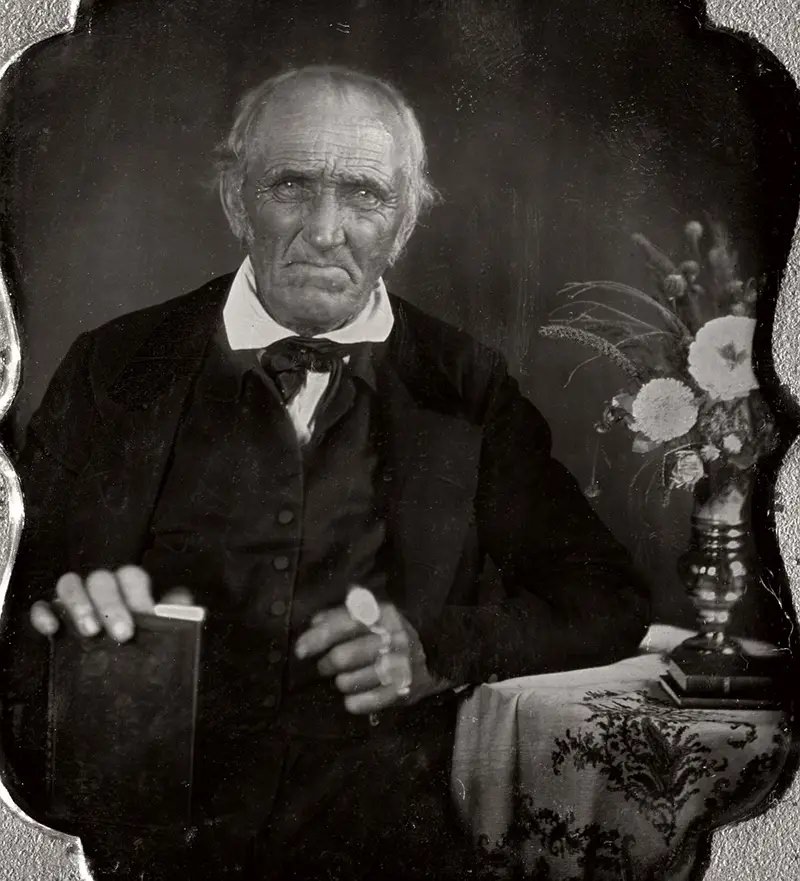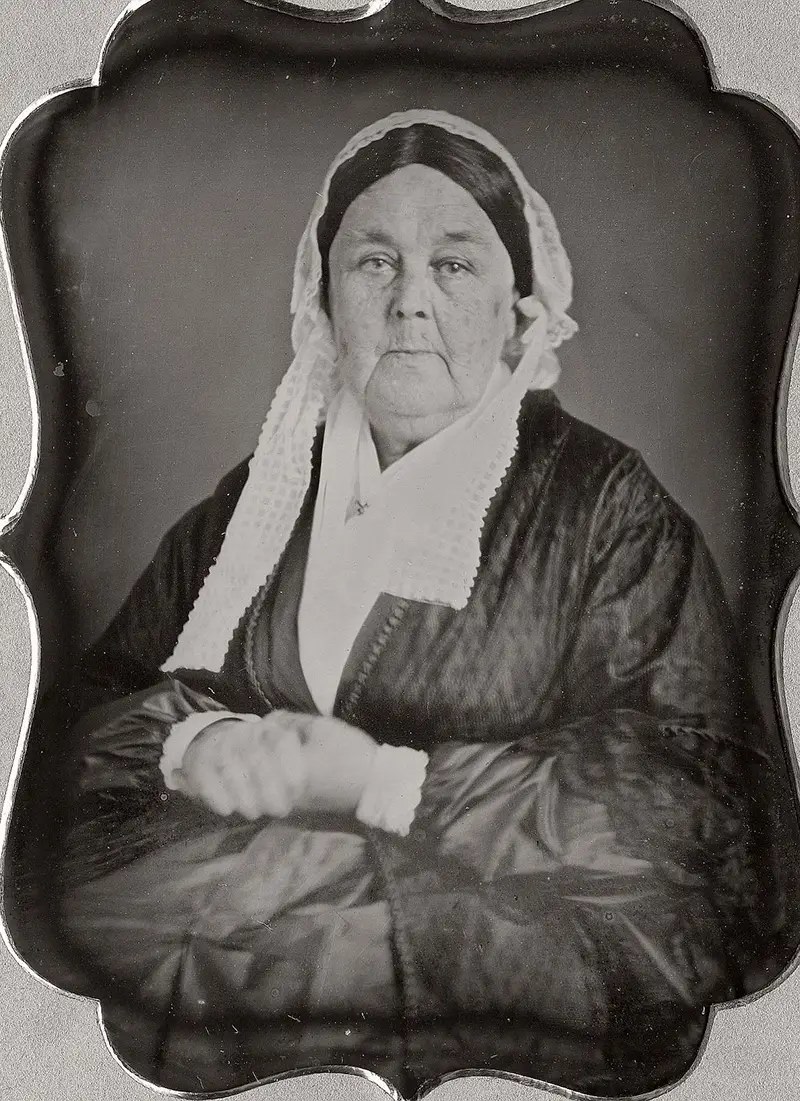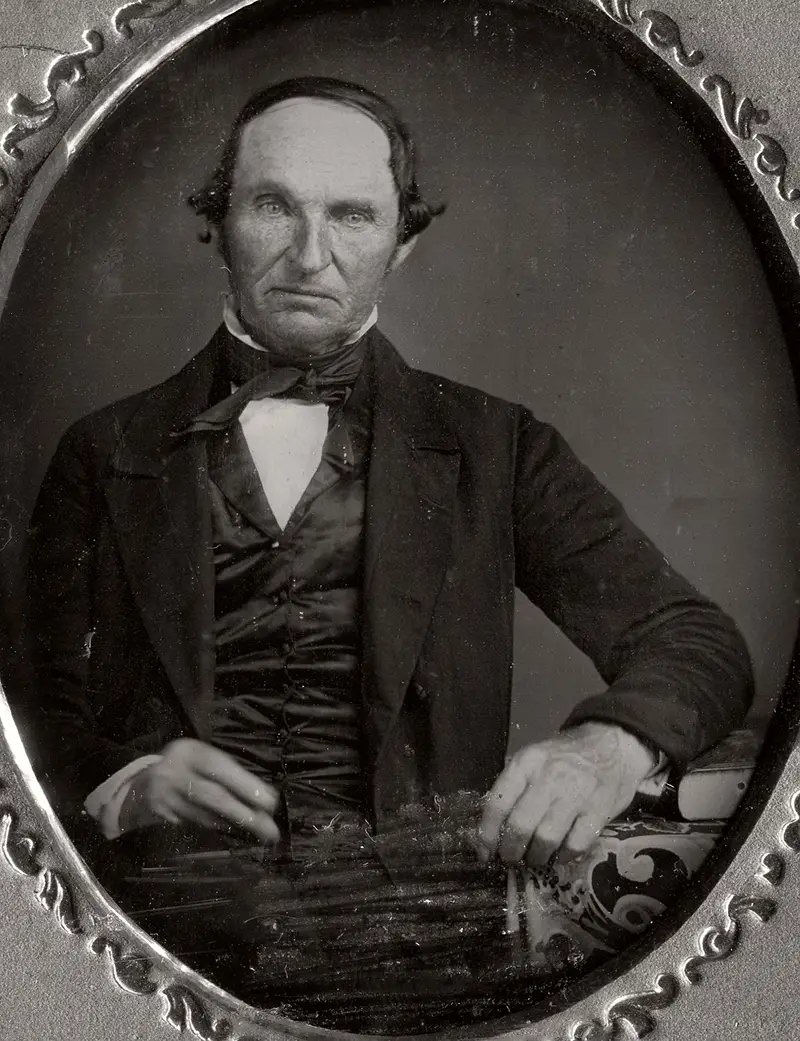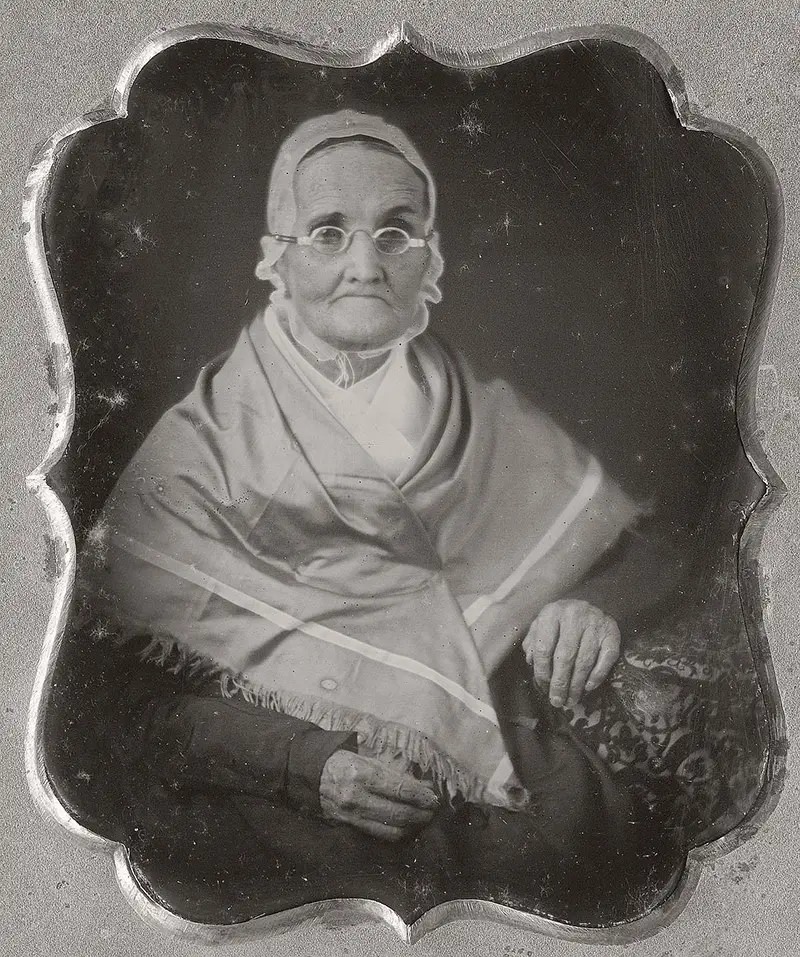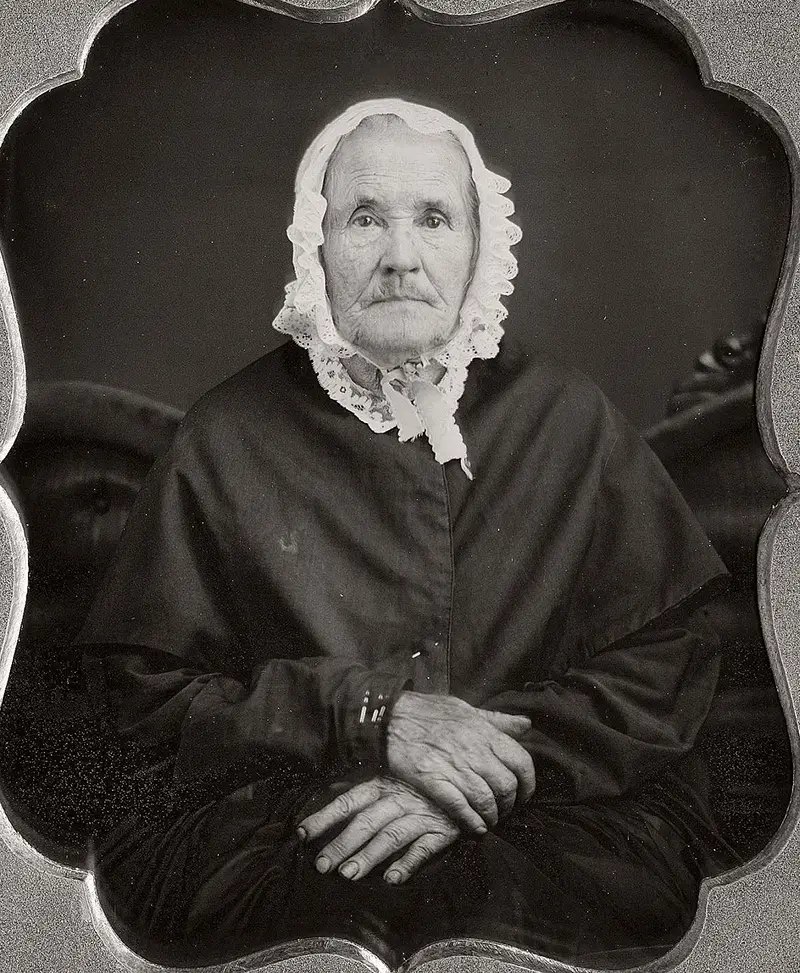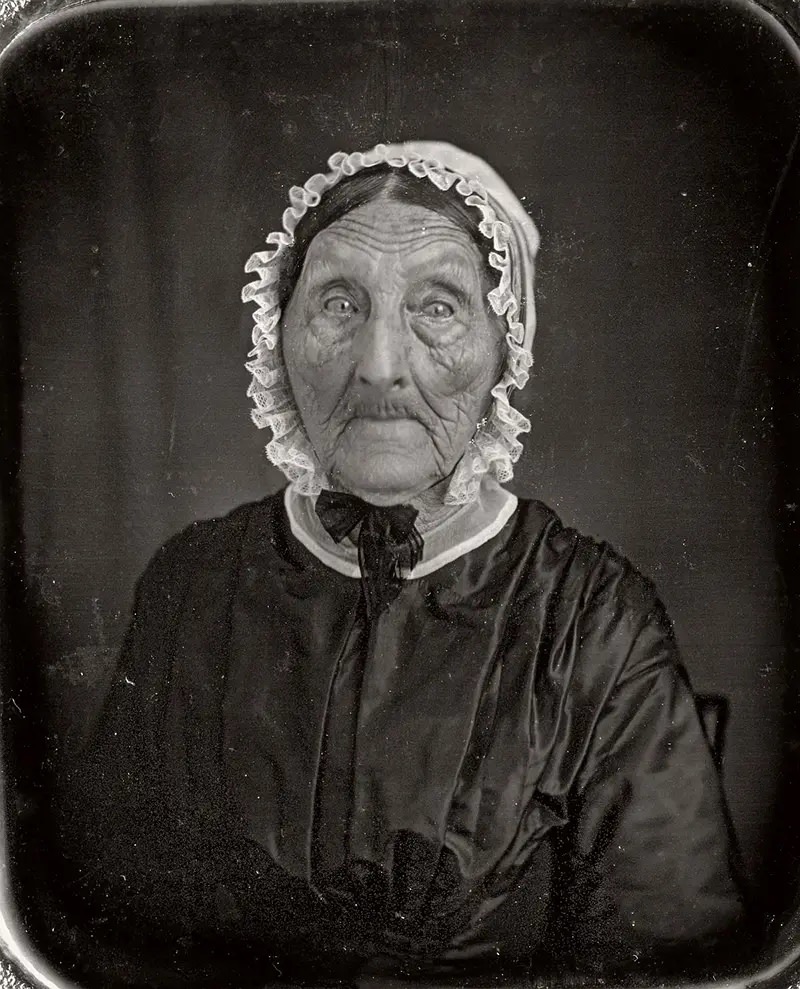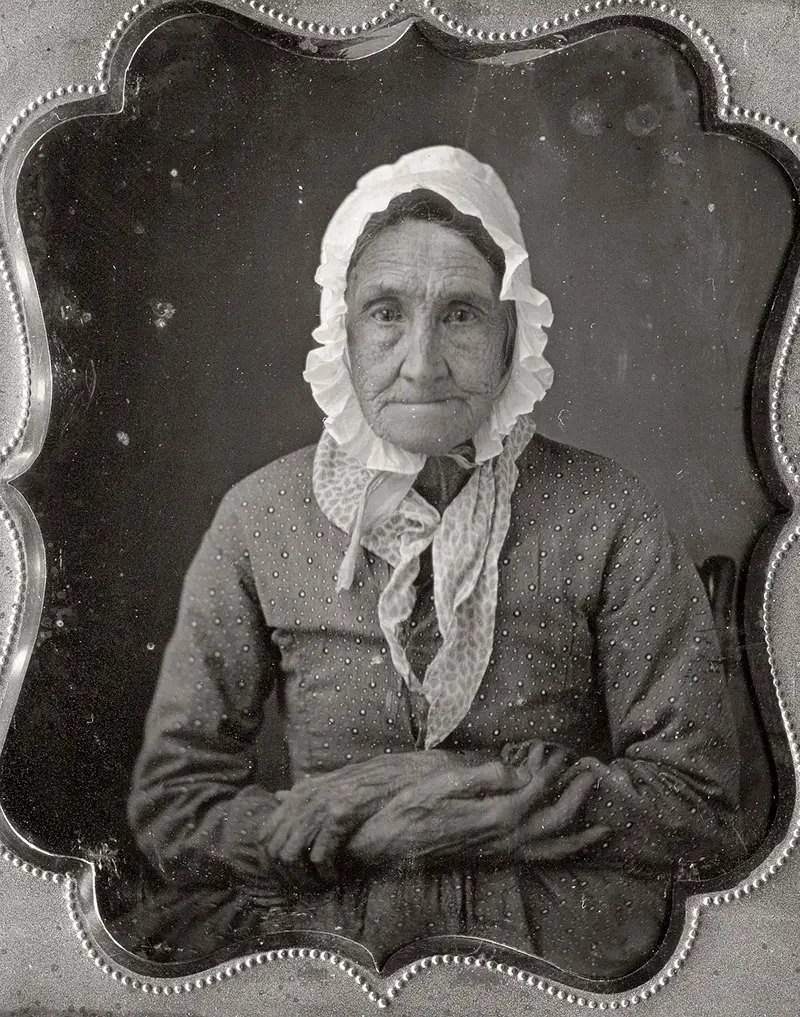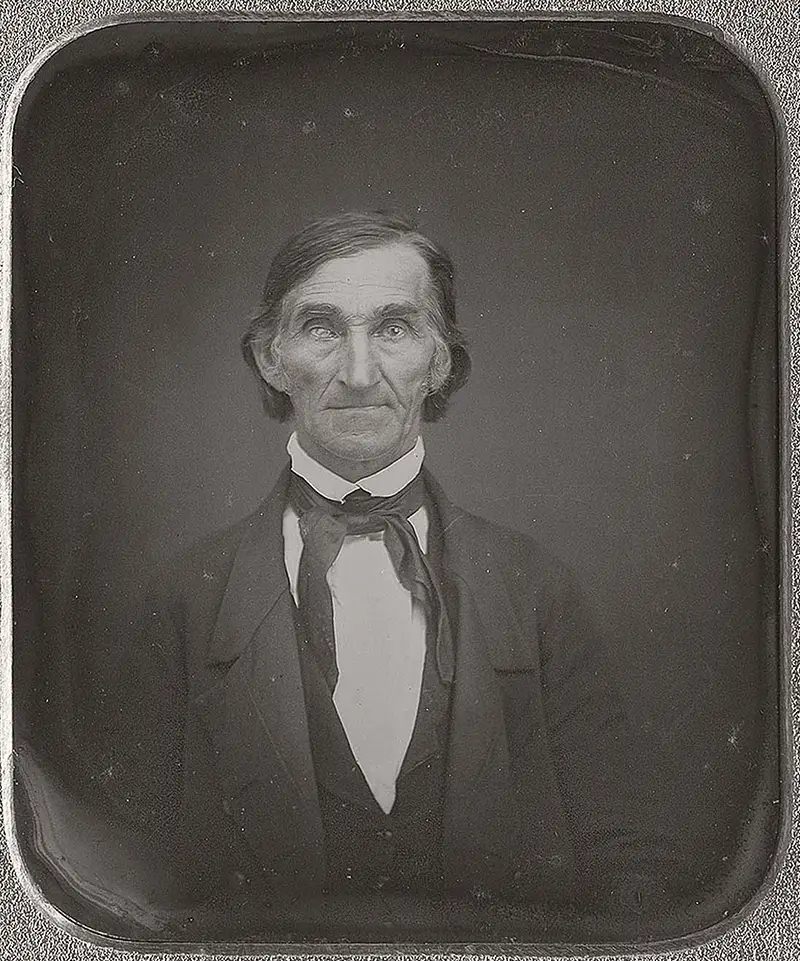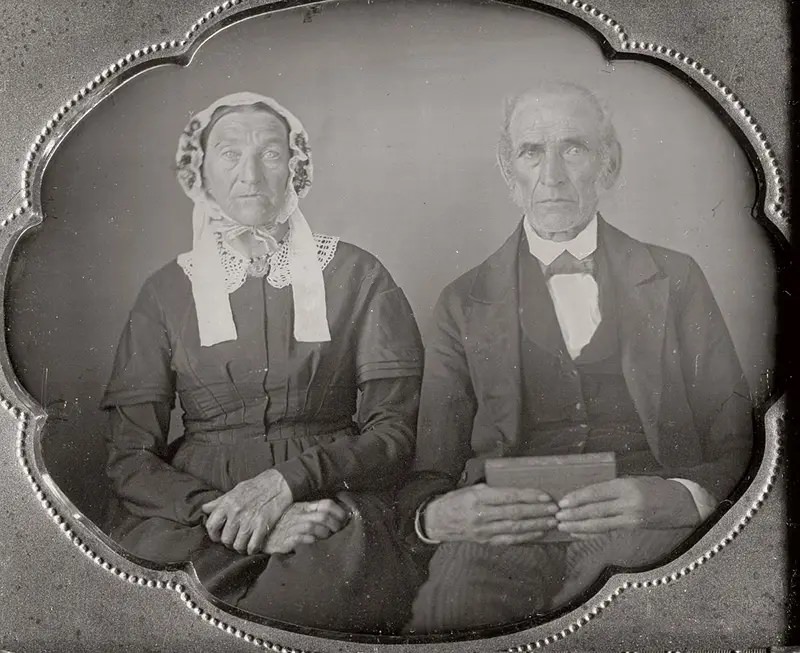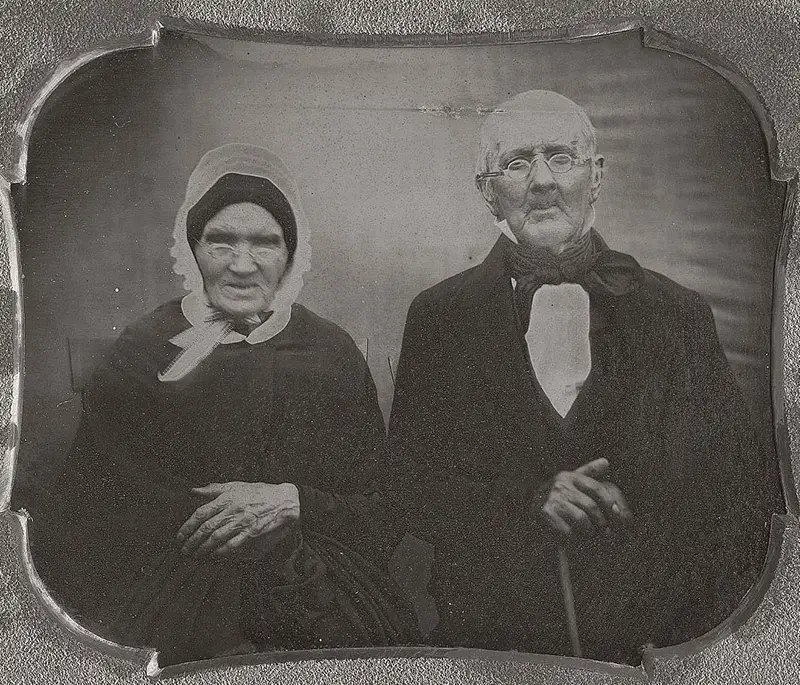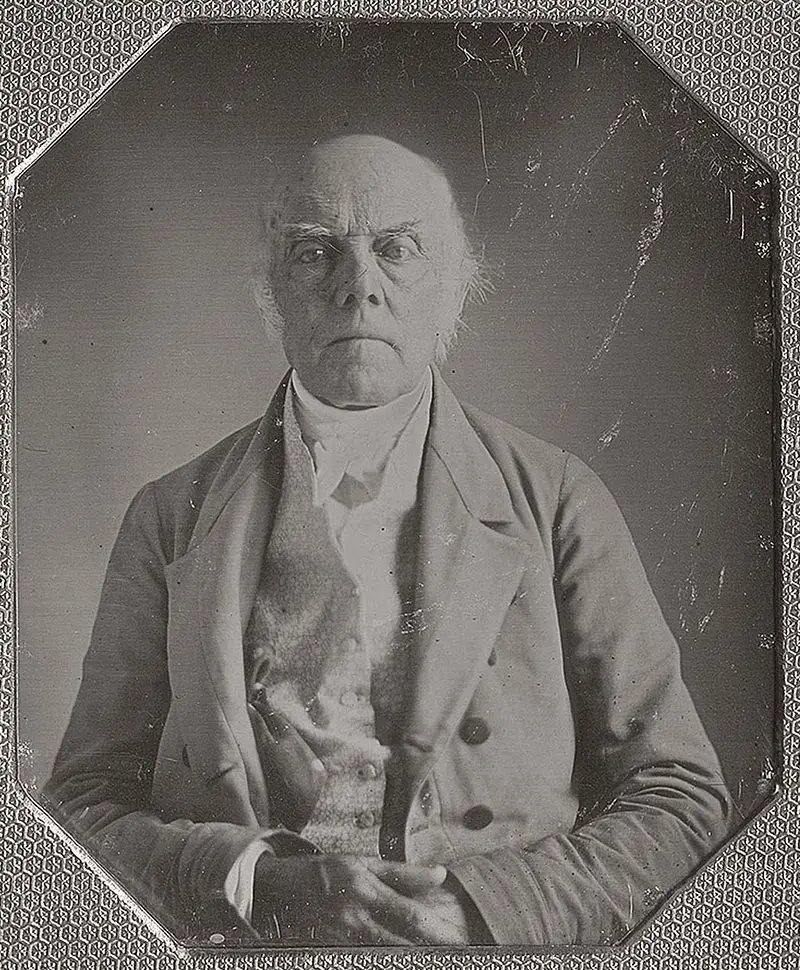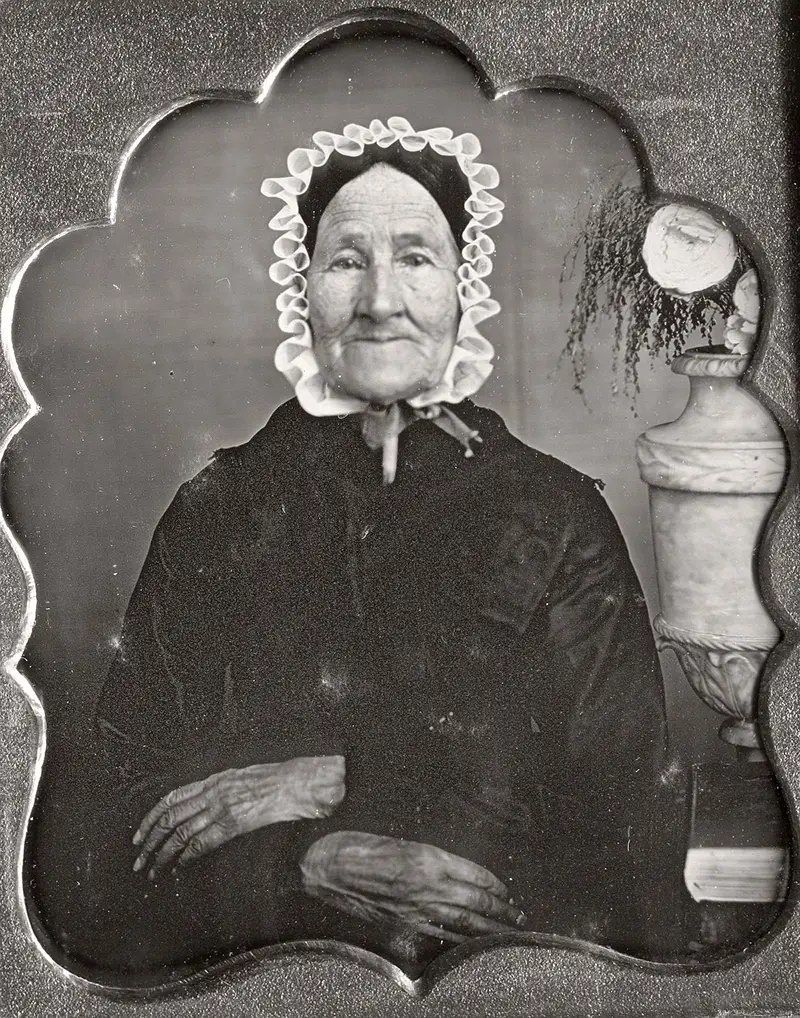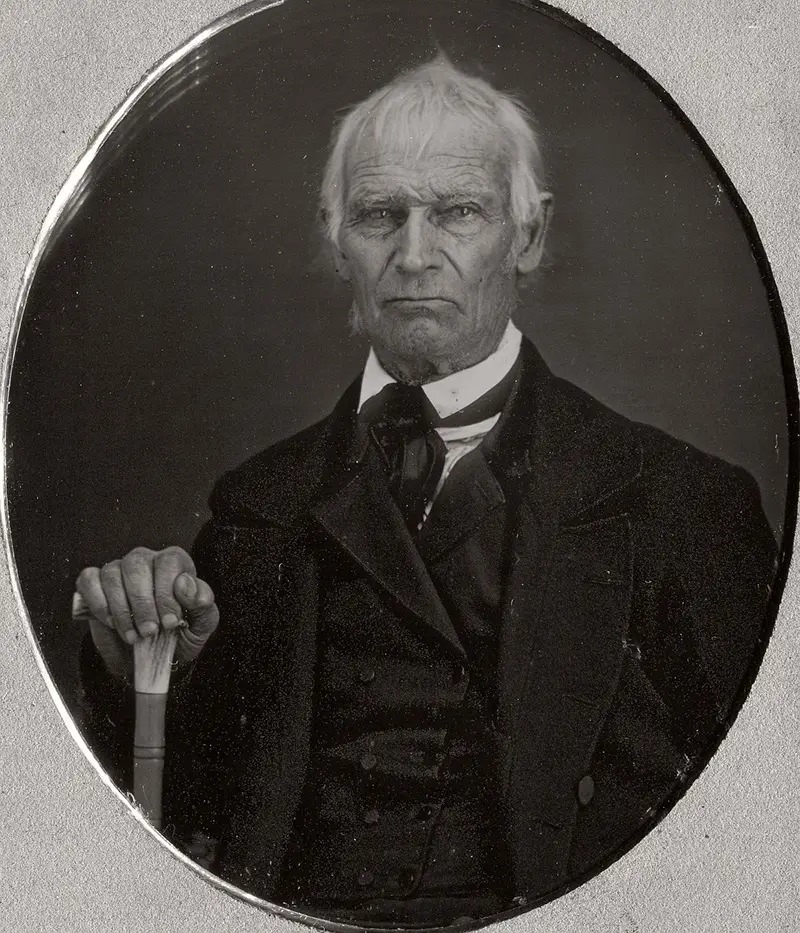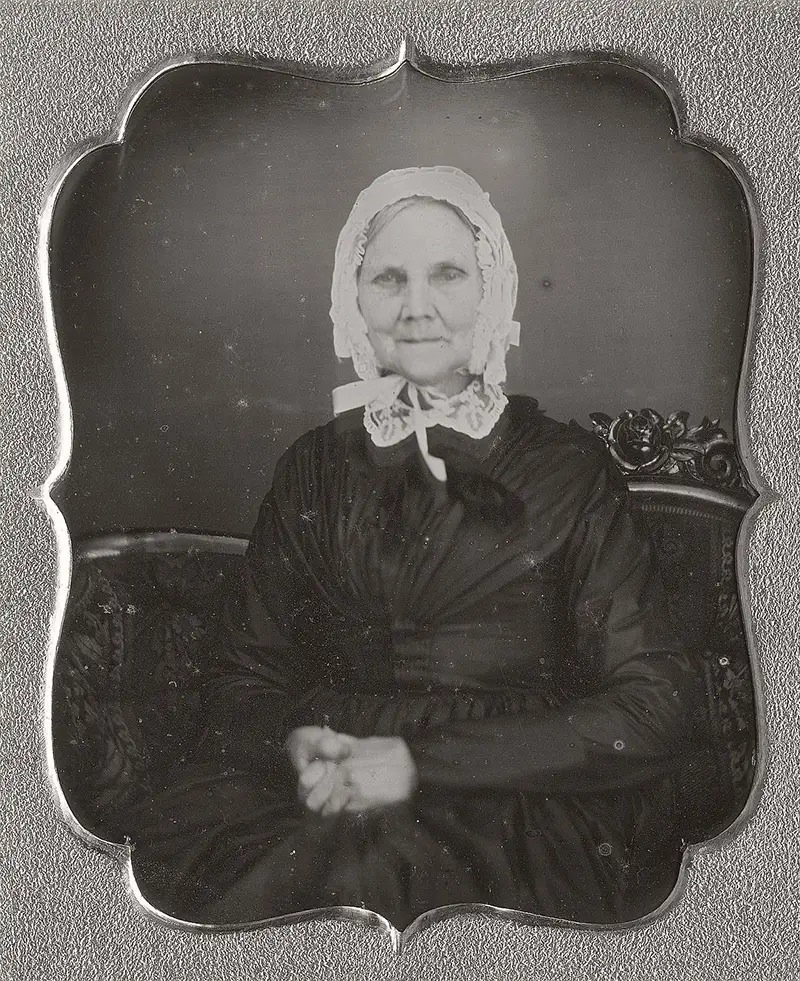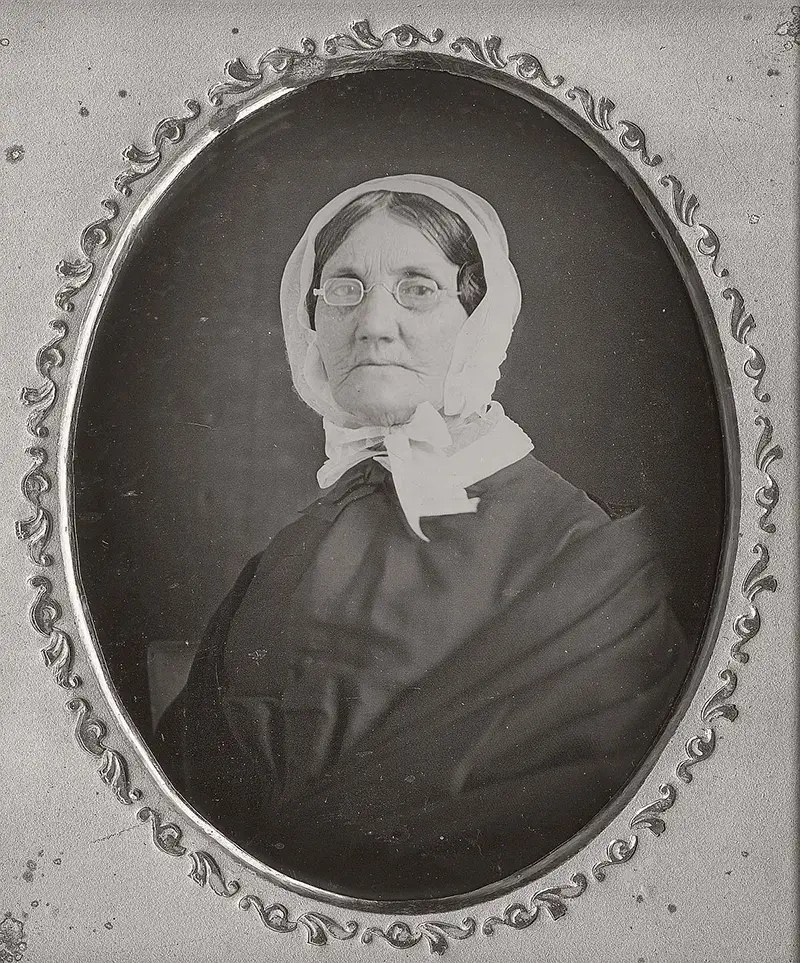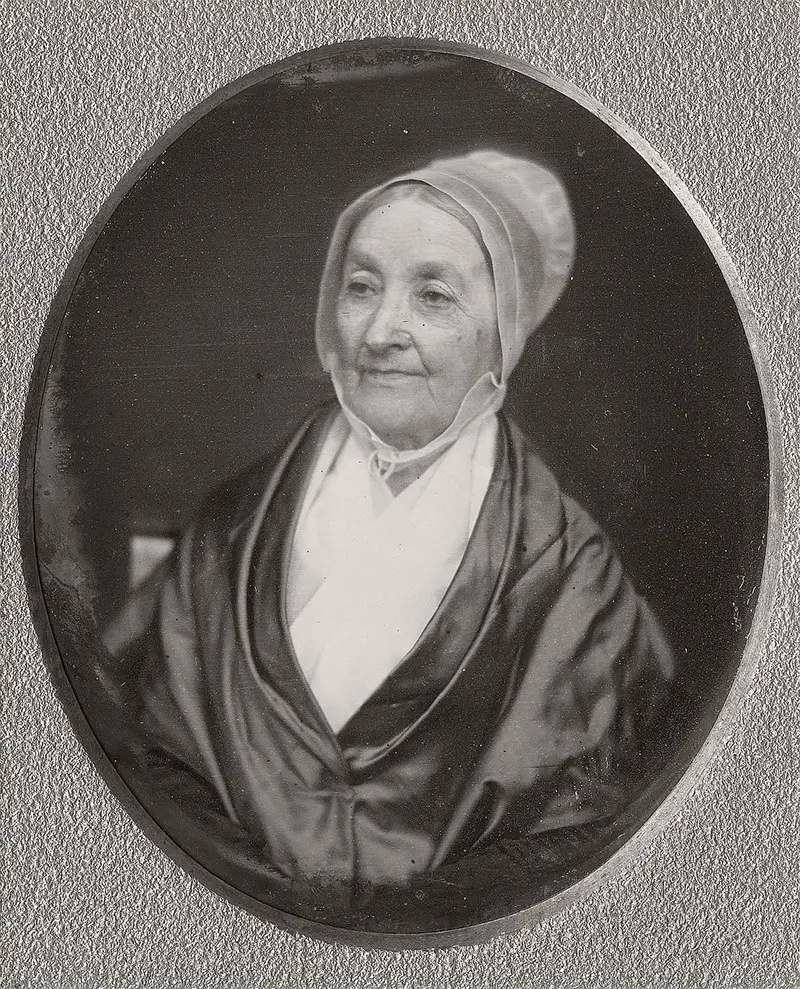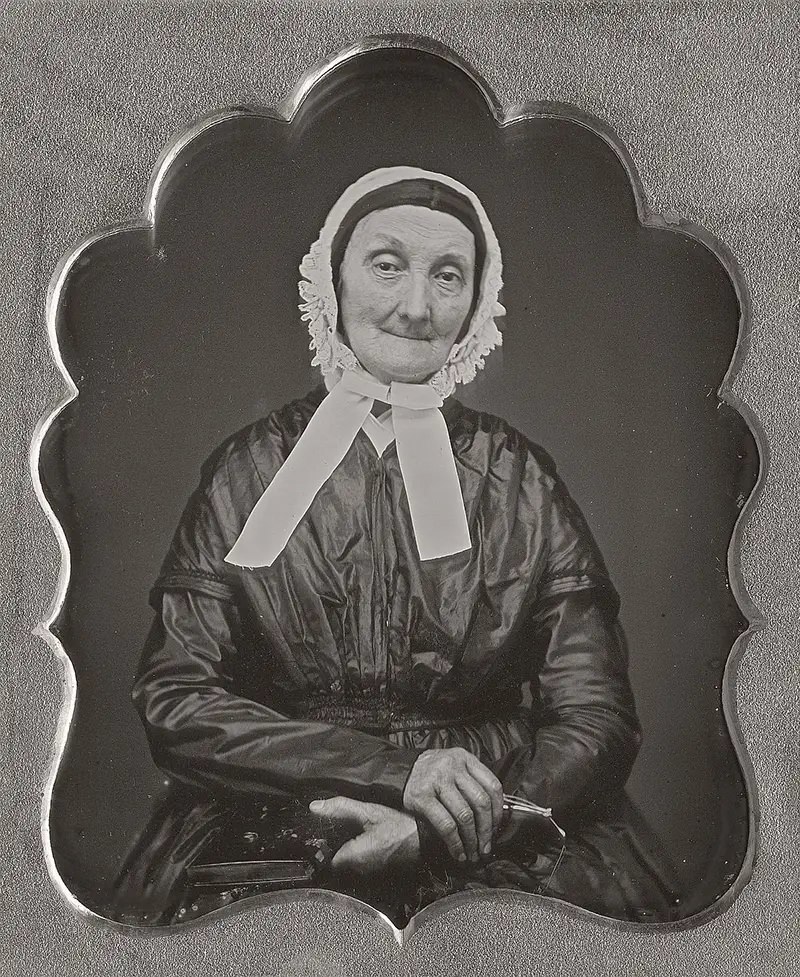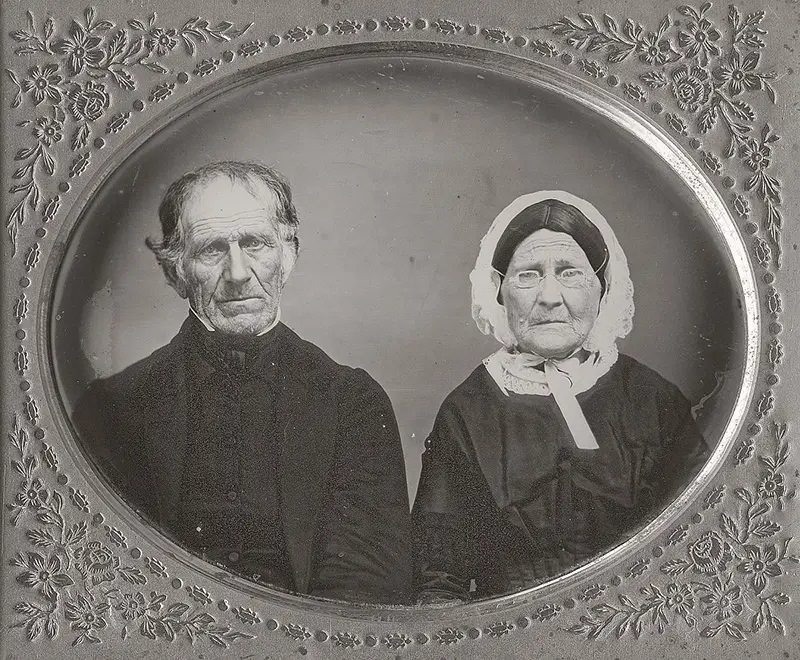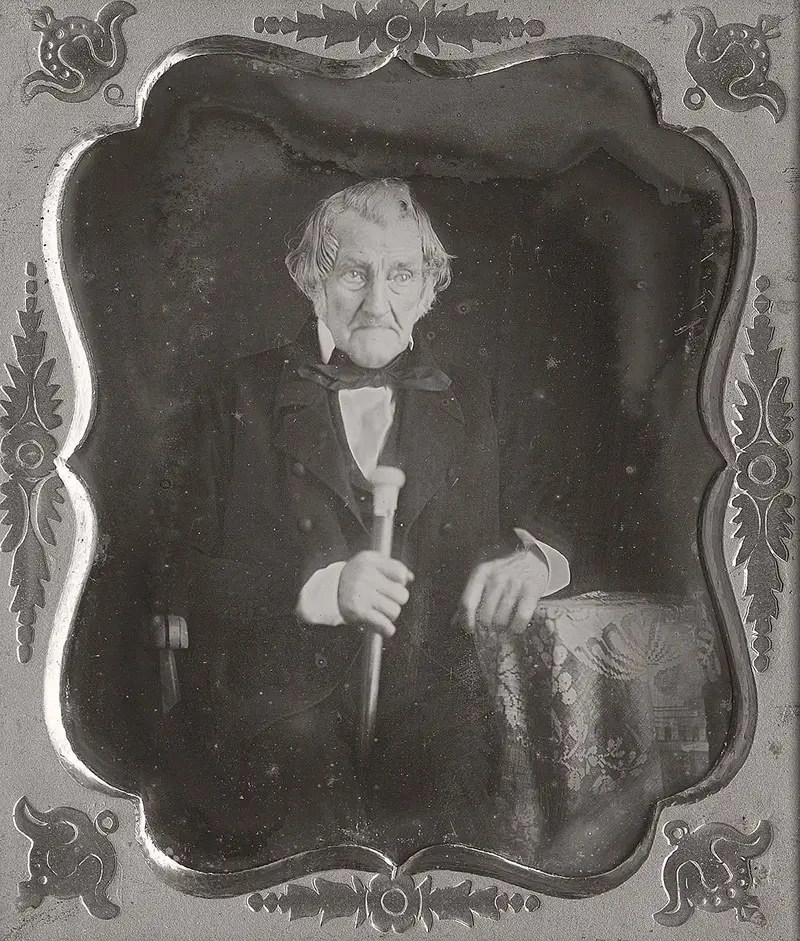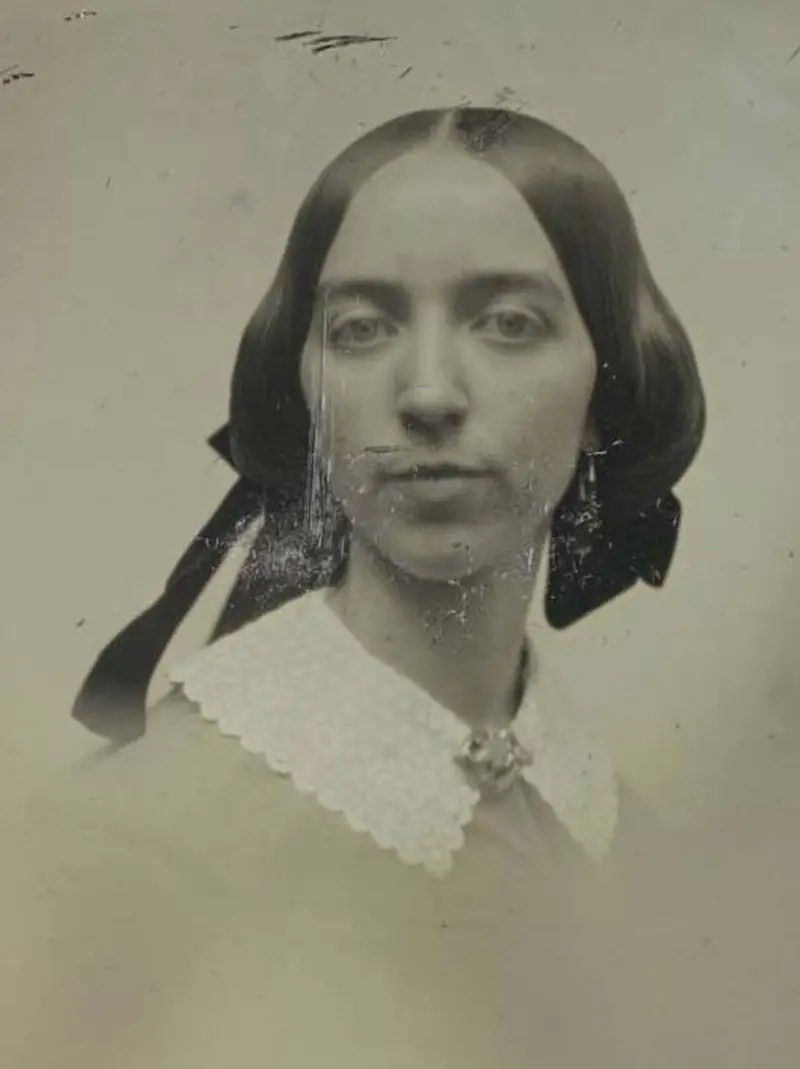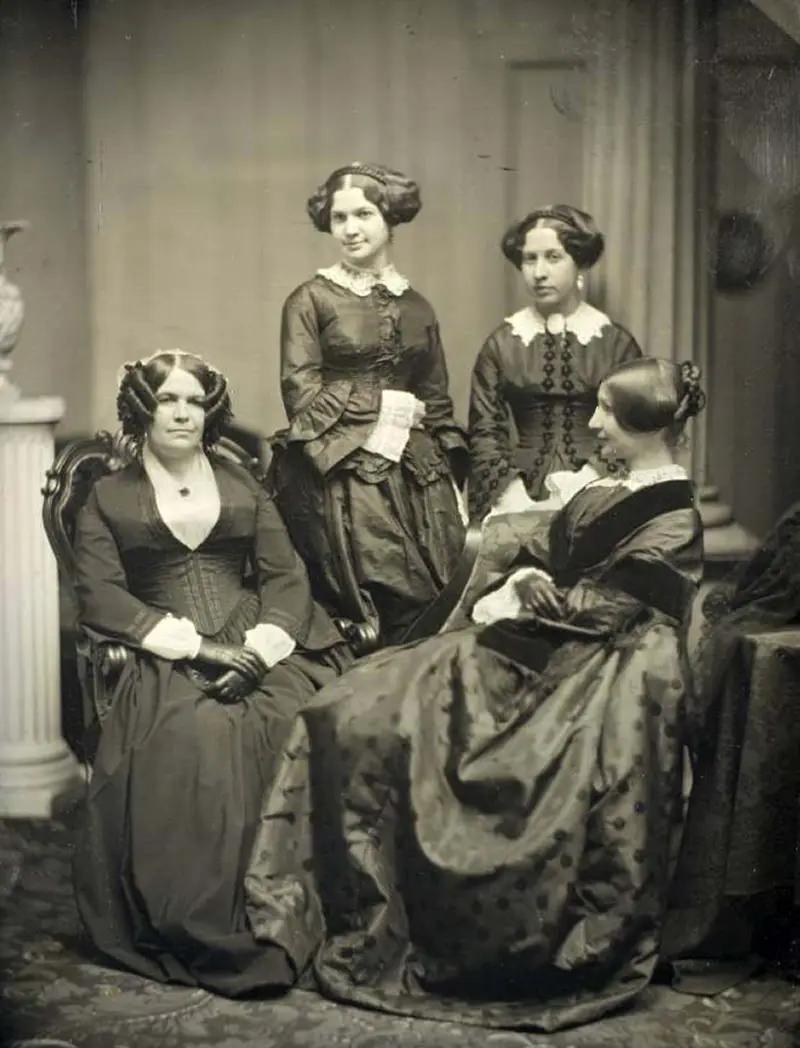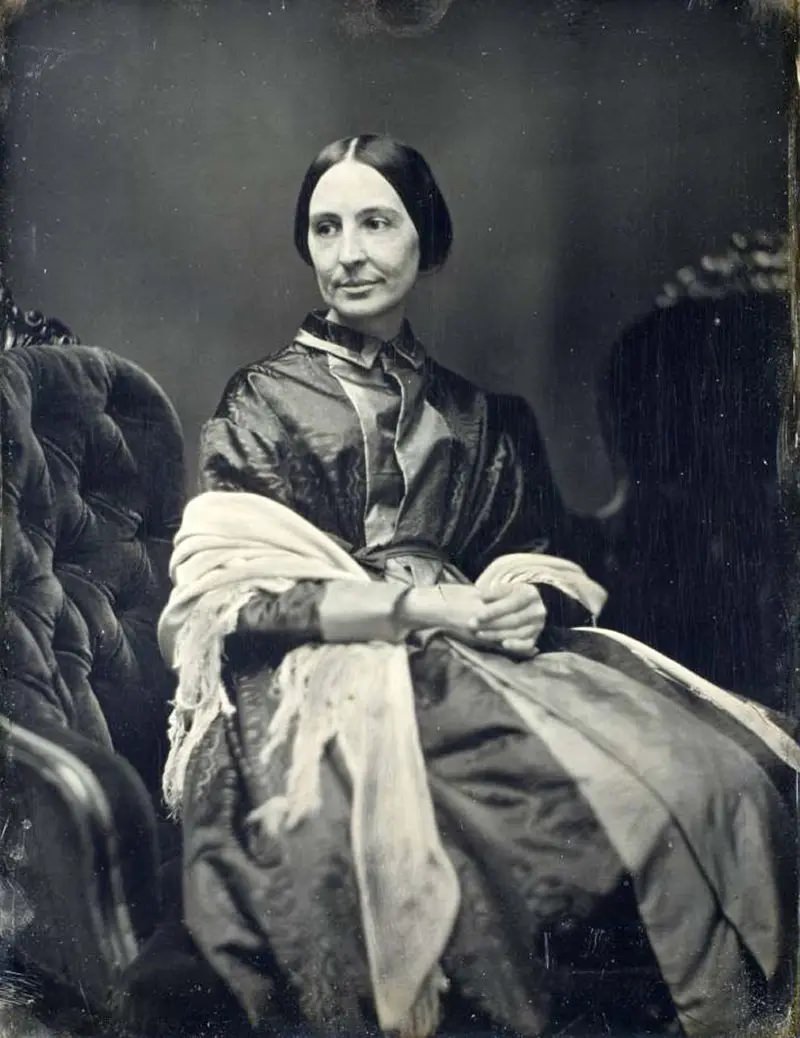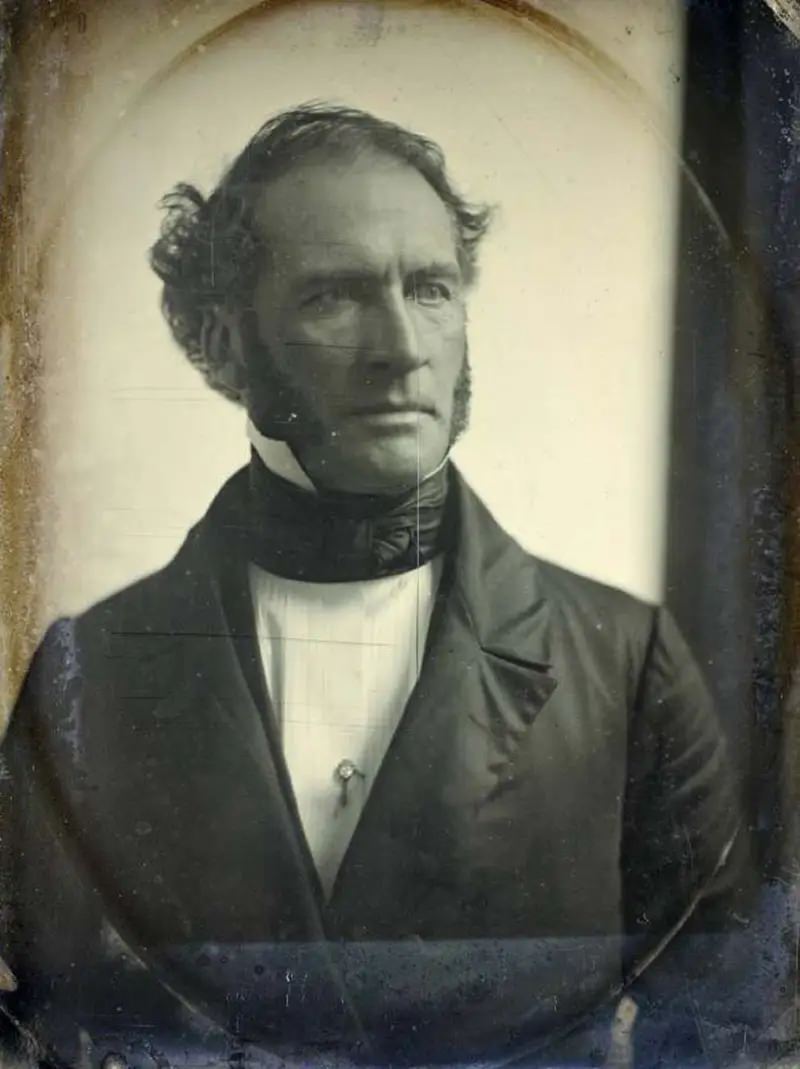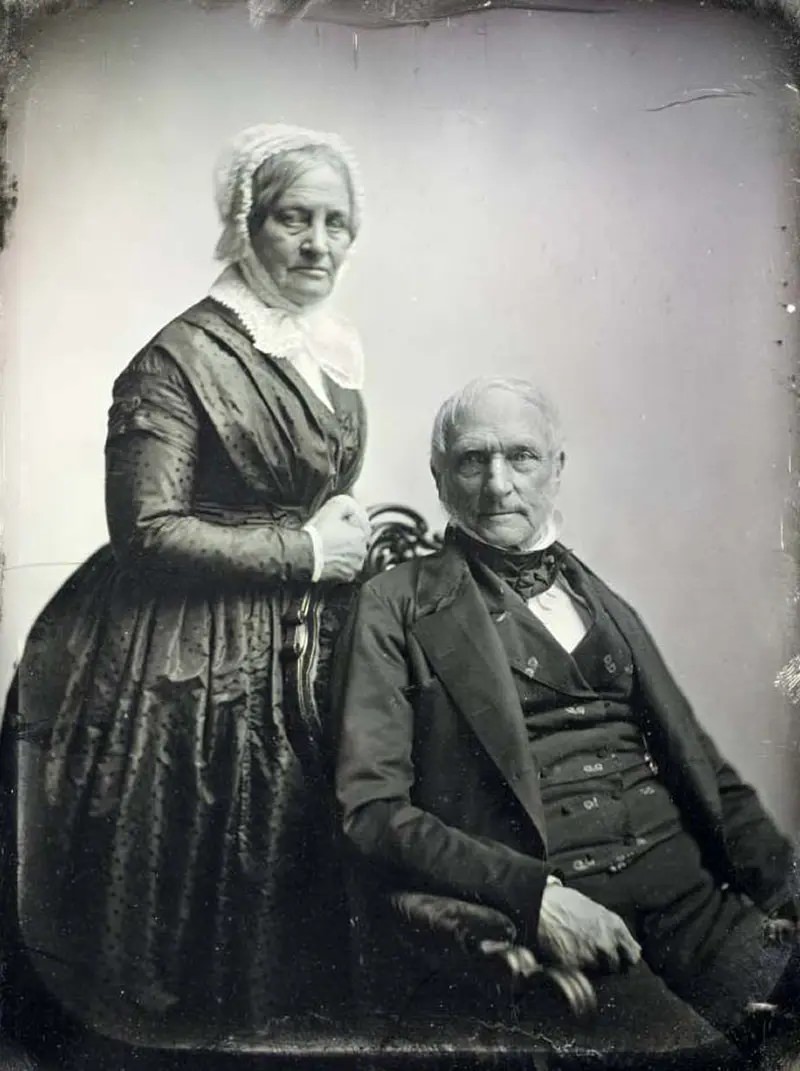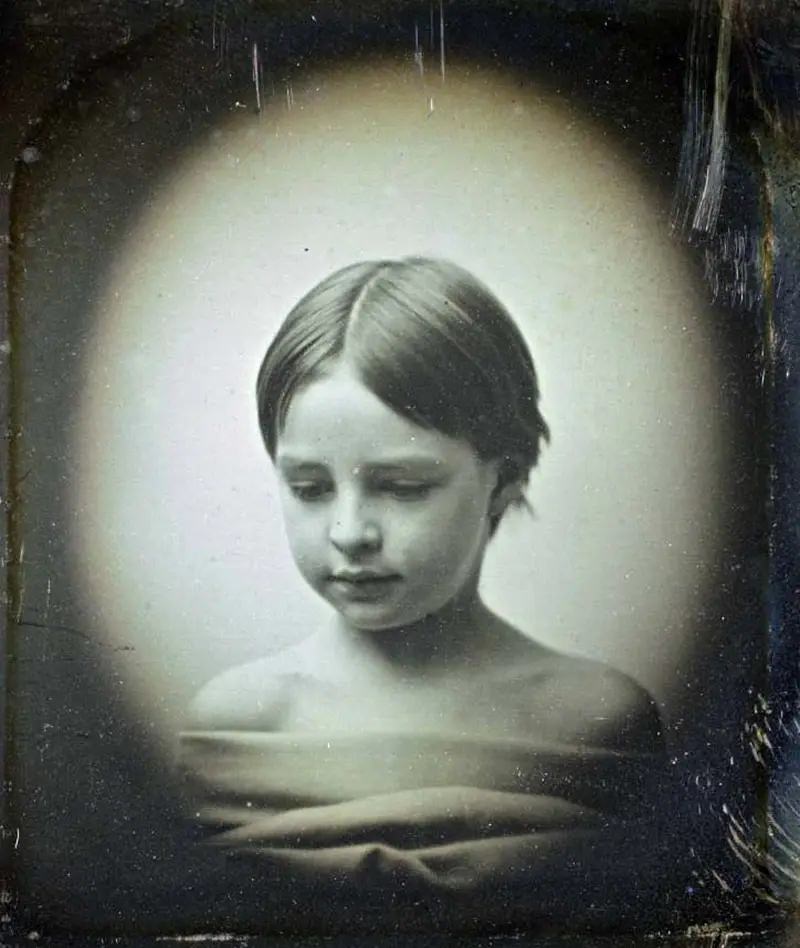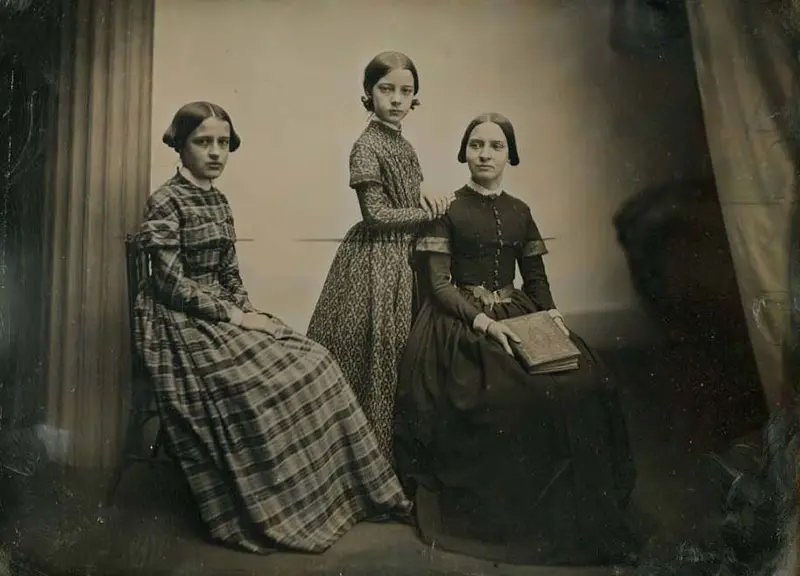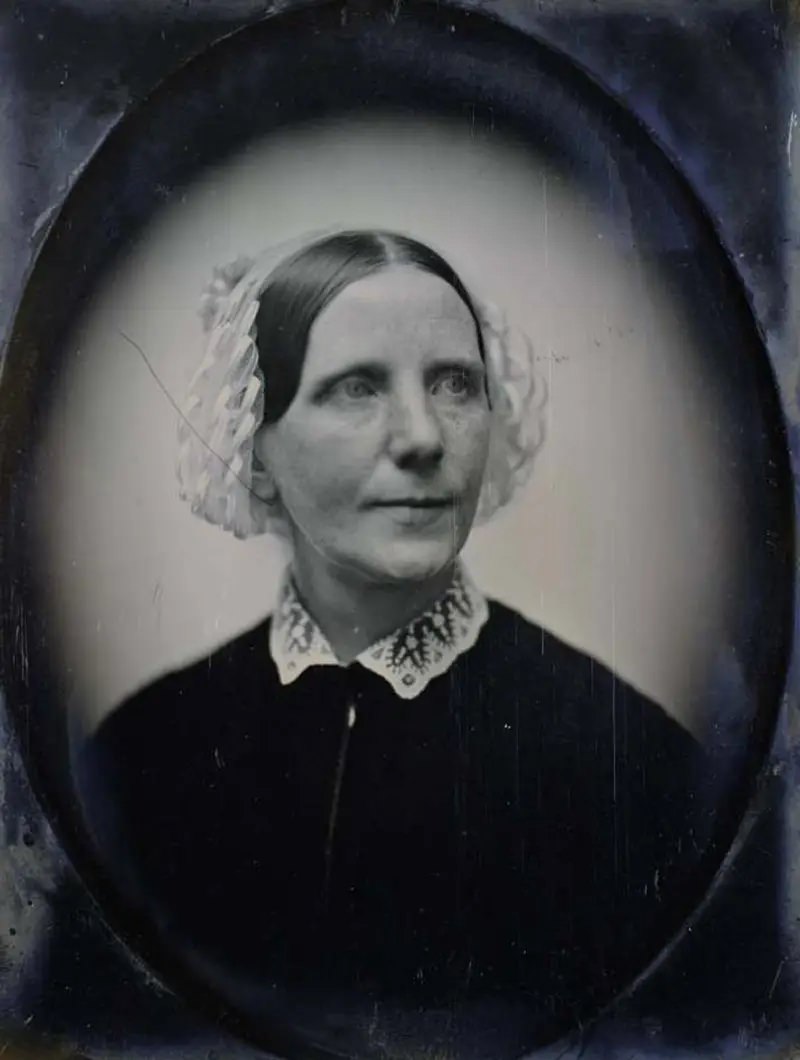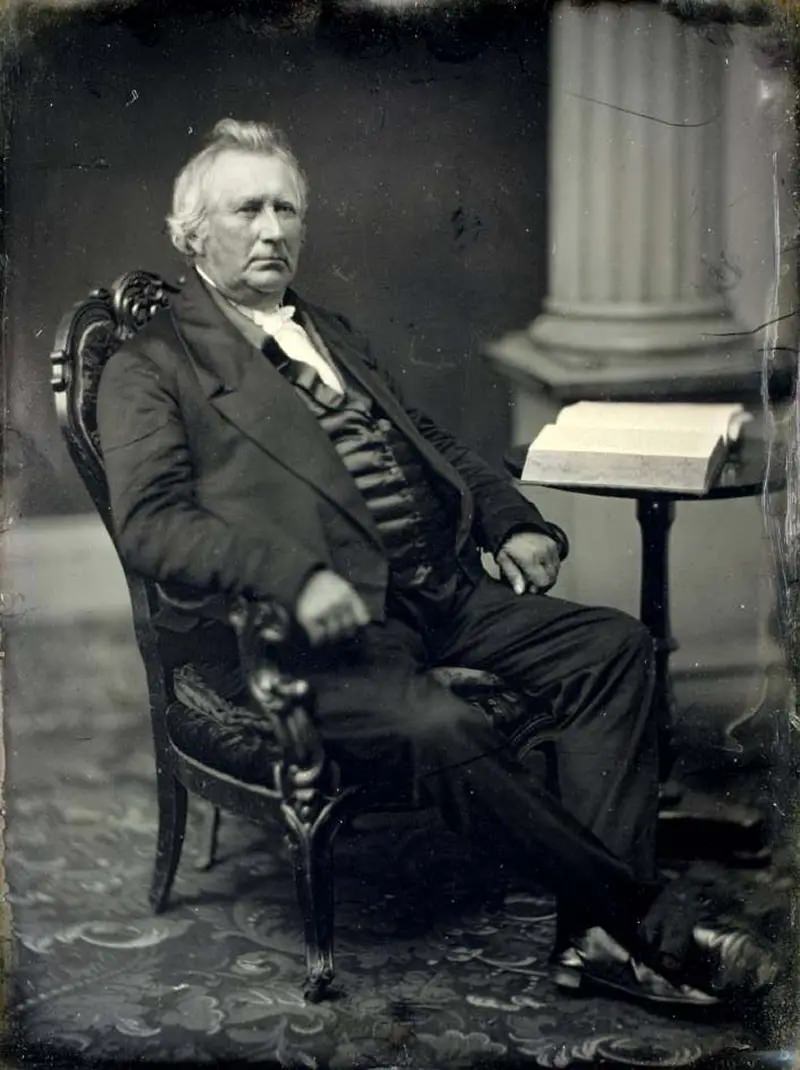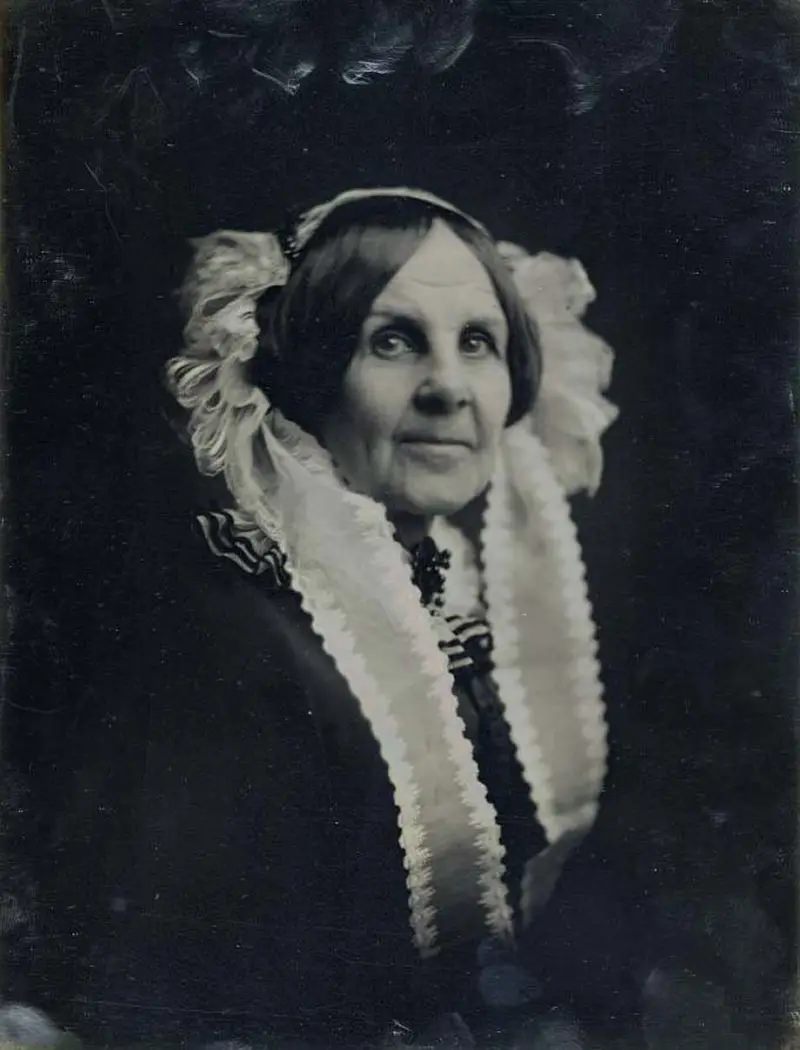This collection contains some of the earliest known portraits were ever taken. The subjects in the photos are older and probably wealthy, as photography at that time was expensive and only accessible to those who had a good income. Matthew Brady took these photographs, and they were taken as daguerreotypes in many cases. Some of these people lived through the American Revolutionary War, while others were born in the 1700s. Some portraits come without accompanying documentation, so it can be challenging to determine who took a photograph of the subject.
The process used to capture these images is called daguerreotype, and it was the first publicly available photographic process. It was widely used during the 1840s and 1850s. Daguerreotypists made their images by polishing silver-plated copper to a mirror finish, treating it with fumes that sensitized the surface, and then exposing it in the camera for as long as they deemed necessary, which could be as little as a few seconds when the sun was shining or more than a minute if the lighting was less intense. After that, the technician exposed it to mercury vapor, removed its sensitivity to light through liquid chemical treatment, washed and dried it, and sealed it behind glass in a protective enclosure. The image is on a mirror-like silver surface and will appear either positive or negative, depending on the angle at which it is viewed, how it is lit and whether a light or dark background is being reflected in the metal. Silver is used in the darkest parts of the image; lighter areas have a pleasing light scattering texture. Surfaces like this are incredibly delicate, and even the slightest scuff can permanently damage them. Tarnish around the edges is to be expected.
The most common antique photographs misidentified as daguerreotypes are ambrotypes and tintypes, but sometimes even old prints on paper, especially if they are in the small, ornamented cases in which daguerreotypes made in the US and UK were usually housed. The term “daguerreotype” refers correctly only to a specific image type and medium, the results of a process widely used from the early 1840s to the late 1850s.


